-1060x400h.webp)
Hello,
In this blog, we are going to discuss them in detail about proximity sensors.
What is a proximity sensor?
-
A proximity sensor is a sensor that detects nearby objects without touching them.
-
Sensing without touching is done with the help of an electromagnetic field. As soon as the object comes within the field, it changes.
-
As there are no mechanical parts or even any physical contact, proximity sensors have high reliability and very long life.
-
Proximity sensors detect the changes in the physical attributes of an object. So they are completely unaffected by things like the object's surface color.
Different types of proximity sensors
According to the principle of the proximity sensors, there are five different types of proximity sensors:
-
Optical proximity sensor
-
Capacitive proximity sensor
-
Magnetic proximity sensor
-
Ultrasonic proximity sensor
Inductive proximity sensors
-
The inductive proximity sensors operate under the principle of inductance. They consist of four major components: an output amplifier, a Schmitt trigger, a ferrite core with coils, and an oscillator.
-
Further, there are two types of inductive sensors:
-
Shielded: Here the electromagnetic field is restricted and concentrated in the front.
-
Unshielded: Here the electromagnetic field is non-restricted. This means that the range of unshielded sensors is more than that of shielded sensors.
Working principle of inductive proximity sensors
-
The oscillator creates an oscillating magnetic field that radiates from the ferrite core and coil array at the sensing face. Small eddy currents are generated on the metal surface every time a ferrous material enters a magnetic field.
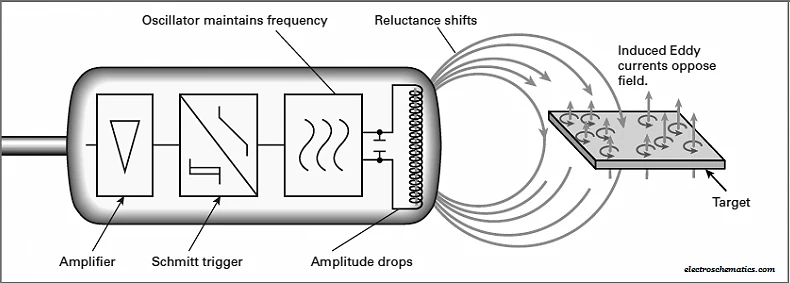
Advantages of the inductive proximity sensors
-
No physical moving parts ensure high reliability and longer life.
-
Detection of objects without contact.
Disadvantages of the inductive proximity sensors
-
The range of inductive proximity sensors is very small. The average maximum range of sensors is 60mm.
-
They can be used to only detect metal objects.
Applications of the inductive proximity sensors
-
Machine tools, assembly lines.
-
Detecting metal components in tricky environments.
Photoelectric proximity sensors
-
The optical proximity sensors work based on sight. They generally contain two parts: an emitter and a detector. An emitter is generally a light-emitting diode that emits light. The light is then reflected from the surface of the object. The detector then detects back the reflected light to determine the position and size of the object.
-
All photoelectric sensors work on the same principle.
Working principle of photoelectric proximity sensors
There are three main methods for photoelectric sensors. They are:
-
Retro-reflective method
-
Diffuse method
-
Through-beam method
Retro-reflective method
-
In this method, the object is detected when the emitted light is either broken or disturbed. Both the emitter and detector are in the same case. The light emitted hits the reflector and is detected back by the detector.

Diffuse method
-
This method is very similar to the retro-reflective method. But instead of using a reflector put behind the object, the object which is to be detected is itself used as the reflector.

Through-beam method
-
In this type of method, an emitter sends out a beam of light directly to the receiver with the target in between. There are two components in this kind of setup. On the one side is an emitter and on the other side is the detector. This method is more complex to set up than the other two as it requires two separate components but the advantage of this method is that this is more accurate than those two methods.

Capacitive proximity sensors
-
Capacitive proximity sensors are based on the principle of capacitance. Then the object is detected by noting down the changes in capacitance between the sensing object and the sensor.
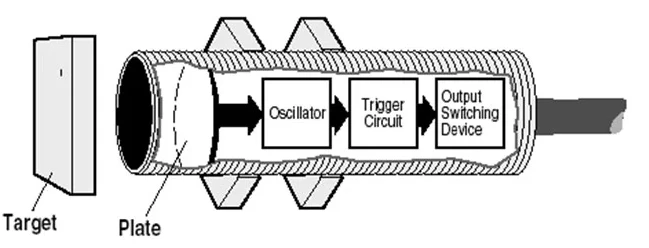
-
The capacitive proximity sensor consists of a high-frequency oscillator along with a sensing surface formed by two metal electrodes. When an object comes near the sensing surface, it enters the electric field of the electrodes and changes the capacitance of the oscillator.
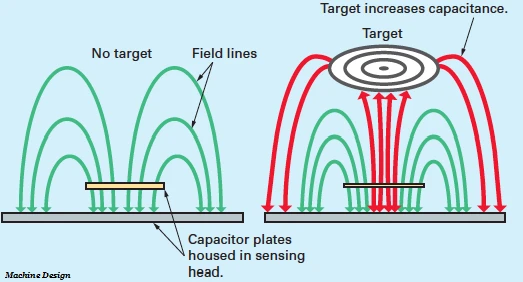
Advantages of capacitive proximity sensors
-
Contactless detection
-
It can detect a large variety of materials
-
More preferred to be used in Industrial areas
Disadvantages of capacitive proximity sensors
-
More costly as compared to other proximity sensors
-
Less range compared to other proximity sensors.
Magnetic proximity sensors
-
Magnetic proximity sensors only detect a magnetic field. Magnetic sensors have a permanent magnet inside them. So when a magnetic object enters the range of a proximity sensor, it disrupts the magnetic field and that is how the object is detected when it enters the magnetic field.
-
They can only detect magnetizable materials. This can be an advantage as this can detect metals even through materials like dust, wood, etc.
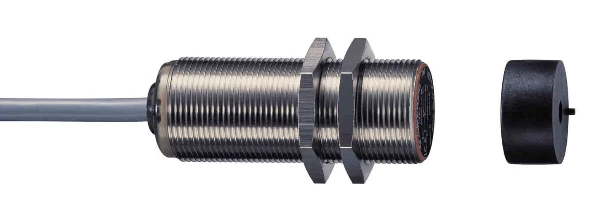
Advantages of the magnetic proximity sensor
-
Easy to use as it detects one kind of object only.
-
It is smaller in size compared to other proximity sensors.
-
It is very economical.
Applications of the magnetic proximity sensor
-
Robotics and Factory automation
-
White goods
-
Used in green energy
Ultrasonic proximity sensors
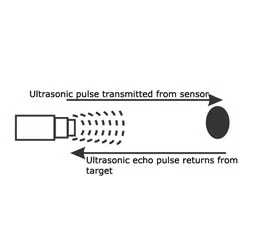
-
Ultrasonic proximity sensors send out an ultrasonic pulse through its emitter and the pulse gets reflected when it hits an object which is in its way.
-
The pulse then gets reflected and it is intercepted by the detector. The time taken for the pulse to reach back to the detector determines the position and size of the object.
Advantages of ultrasonic proximity sensors
-
It can be used in dark environments.
-
The color does not affect the readability of the sensor.
-
It is very economical to use.
Disadvantages of ultrasonic proximity sensors
-
They are not designed for underwater usage.
-
Accuracy in sensing is affected by small changes in temperature.
-
They have a limited detection range.
I hope you learned something about proximity sensors and their classification. And I hope you enjoyed it. Thank you.

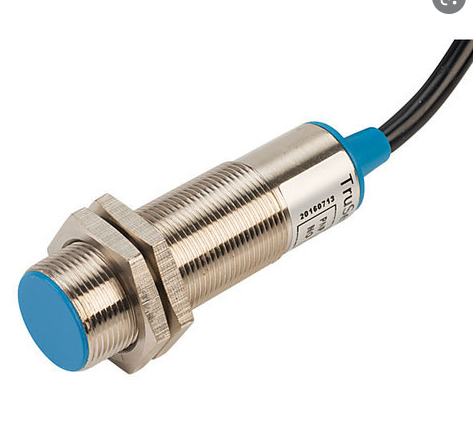

Leave a Comment